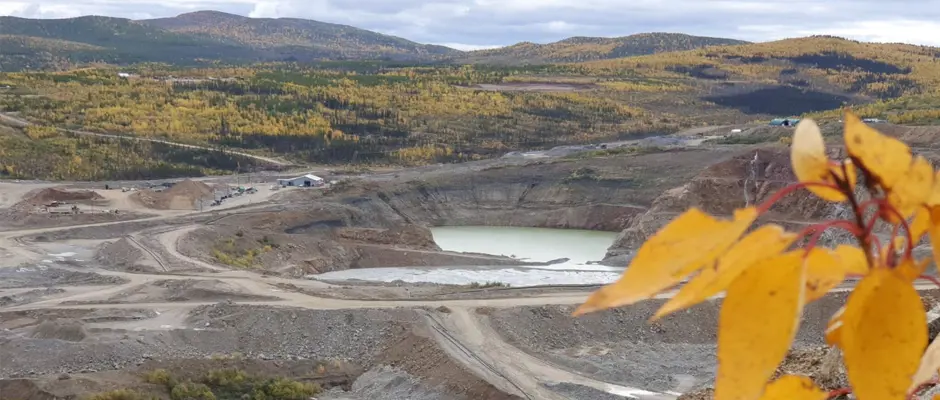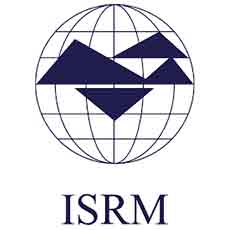Presentation Description:
This presentation will cover the design, construction, and initial thermal performance of a tailings retaining frozen foundation dam located in Nunavut, Canada. Design of the dam was based on maintaining a perennially frozen foundation to ensure infrastructure stability and containment. Phase-1 construction of the dam was completed in the winter of 2018. Thermal performance to date has been the result of the winter construction sequences, design of the structure for passive heat transfer with the atmosphere, and proper tailings management to develop a continuous tailings beach along the upstream face of the dam to limit water seepage and heat transfer to the foundation. The maximum annual ground temperature beneath the key trench has ranged from -6.0°C to -7.3°C and -3.2°C to -5.7°C for the thickest and thinnest sections of dam fill, respectively. Initial ground temperature monitoring has confirmed that the dam is generally performing as thermally designed. Numerical thermal modeling with consideration of climate change over the 25-year design life predicts near-term ground cooling following the Phase-2 dam raise and cessation of tailings deposition. The initial findings support similar designs and the use of frozen foundation dams as a safe technology to retain tailings in cold climates.
Authors:
Click here to register




